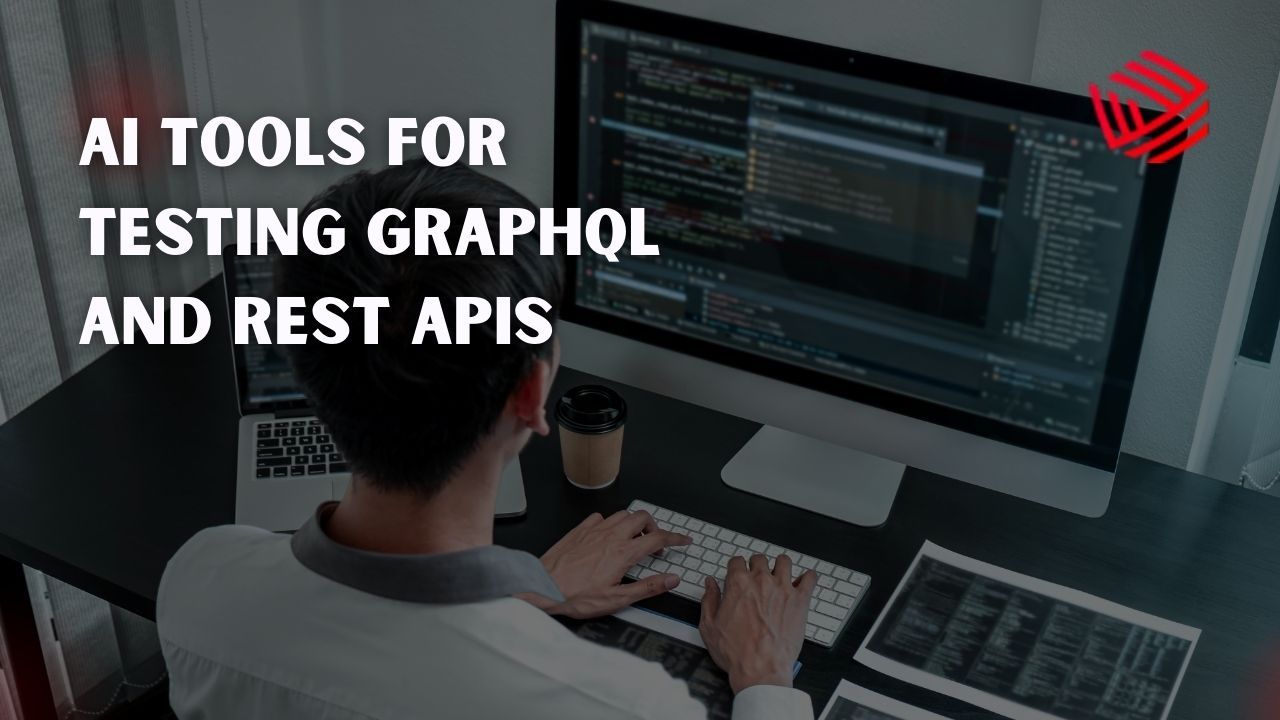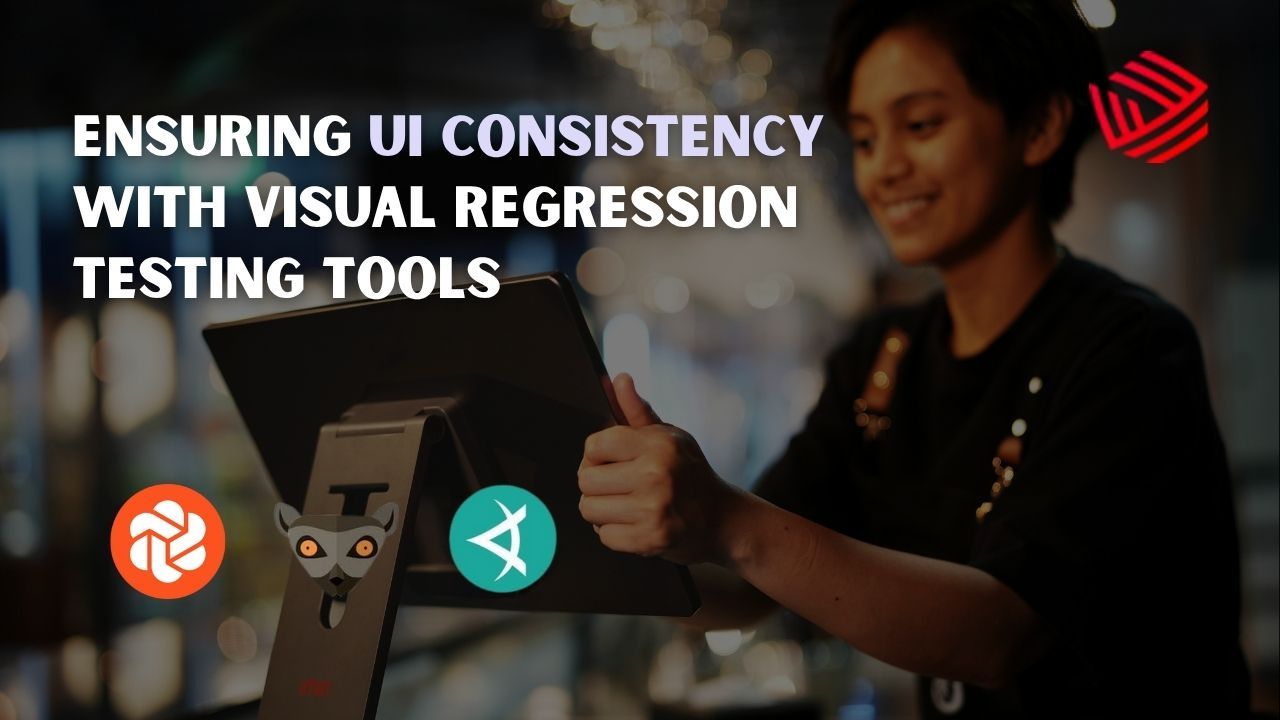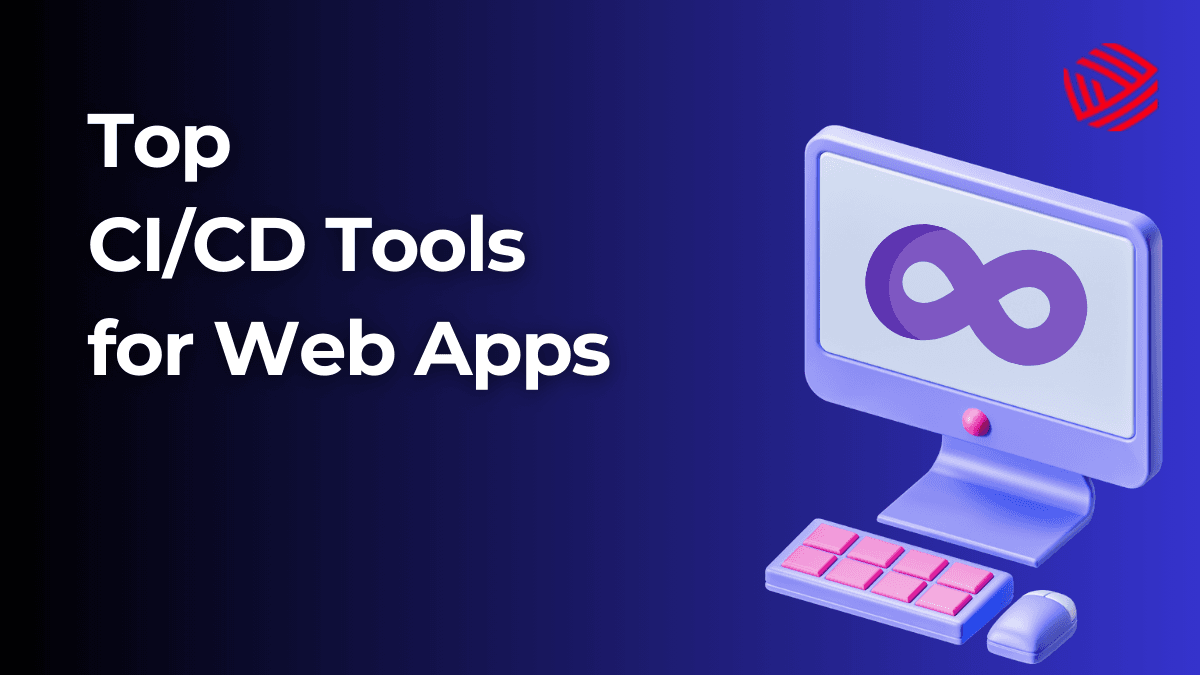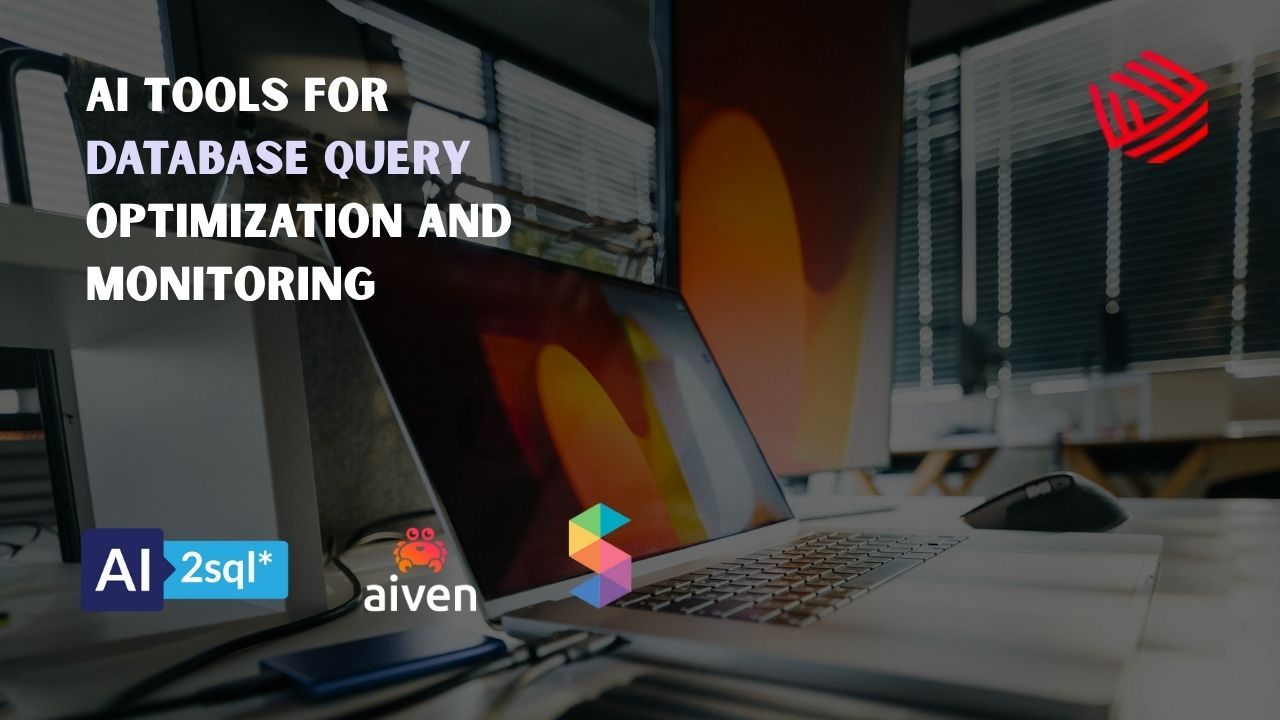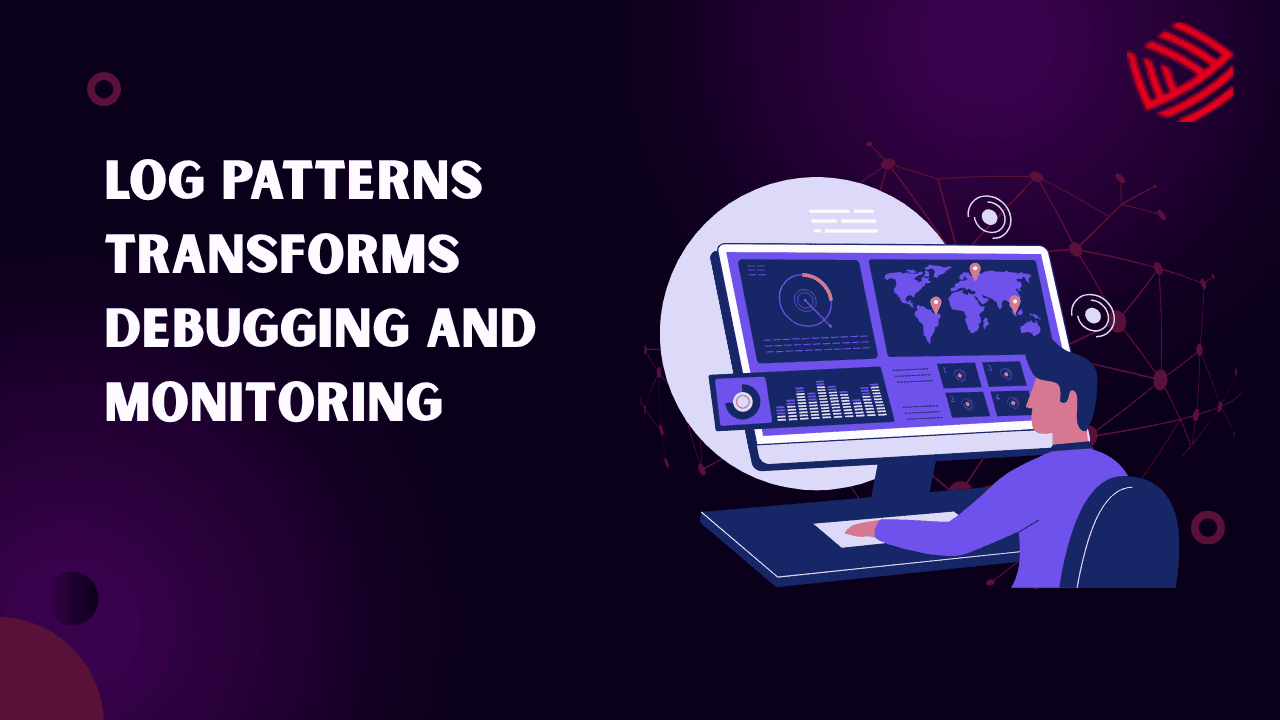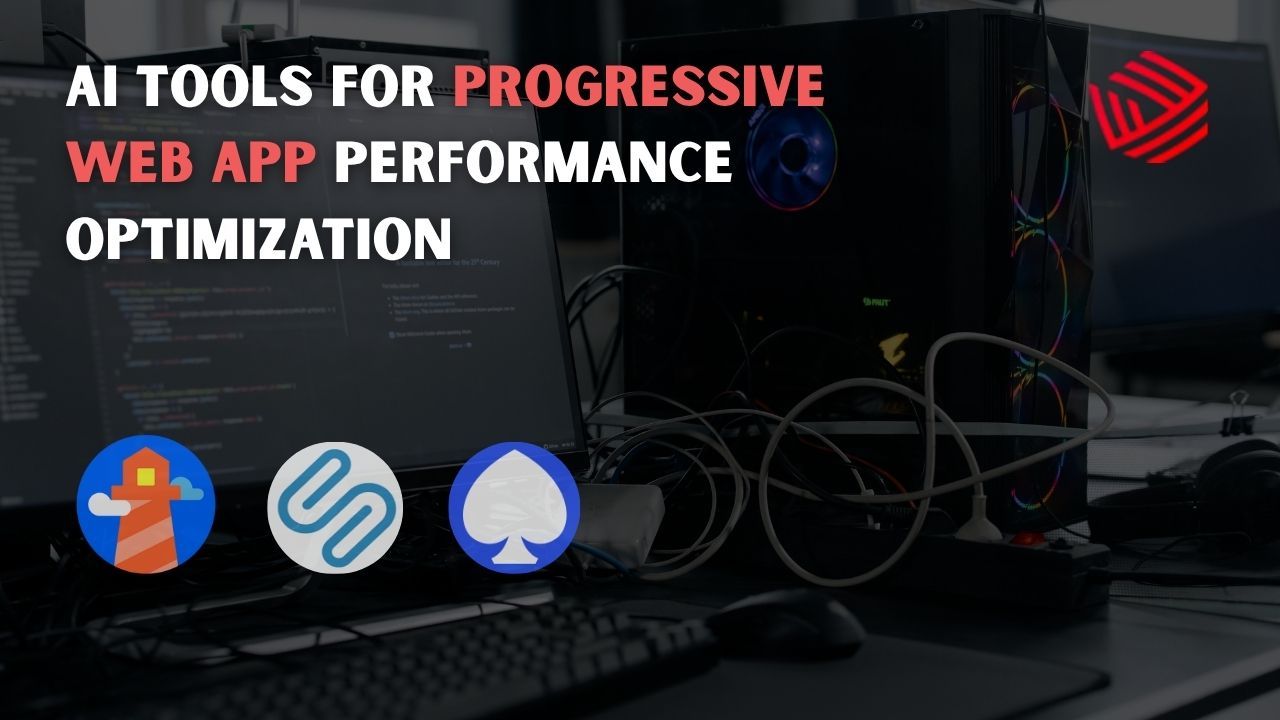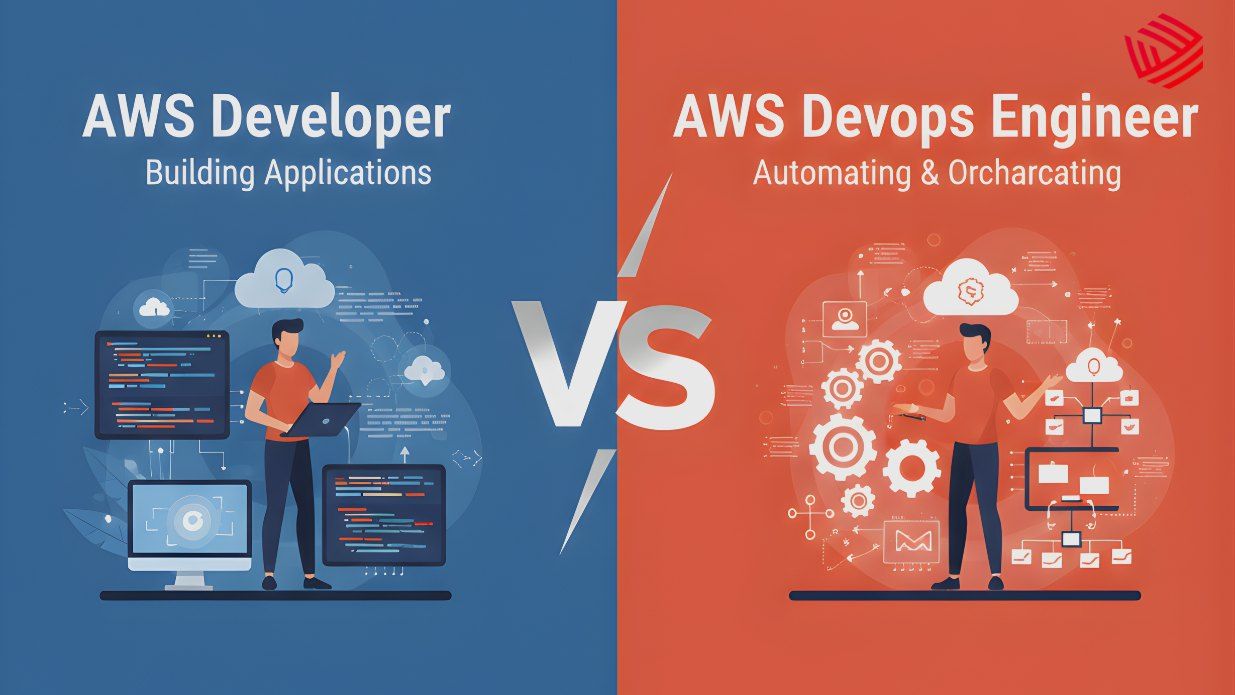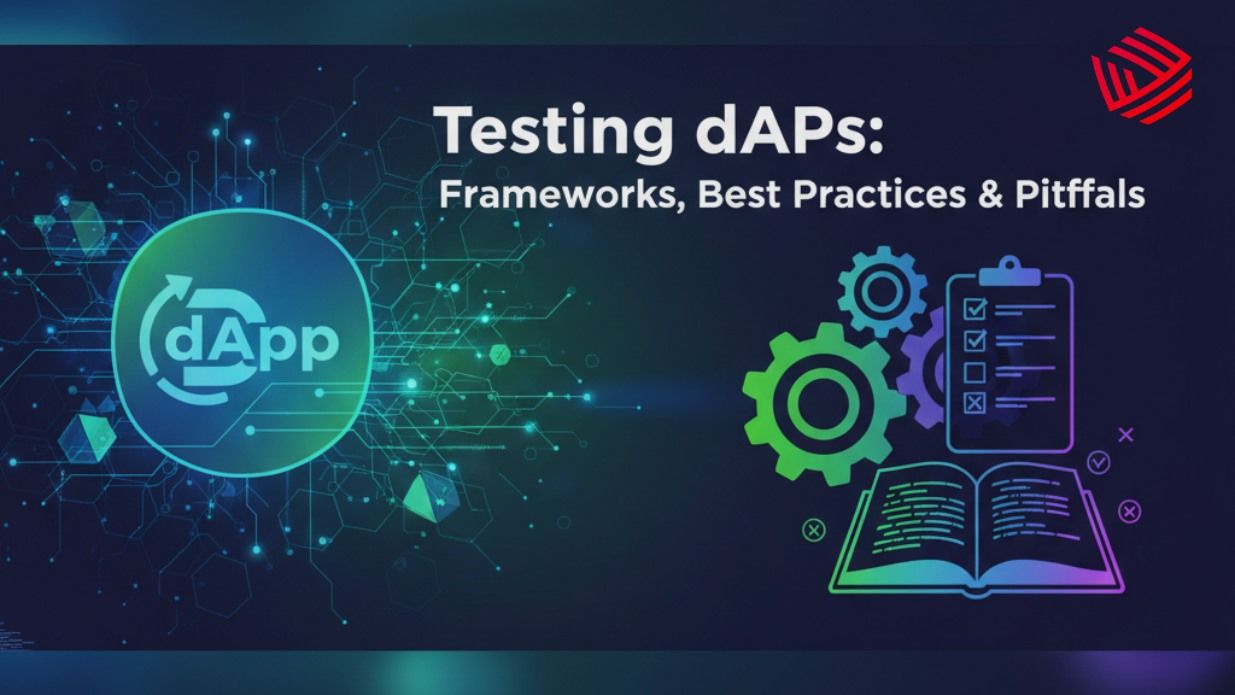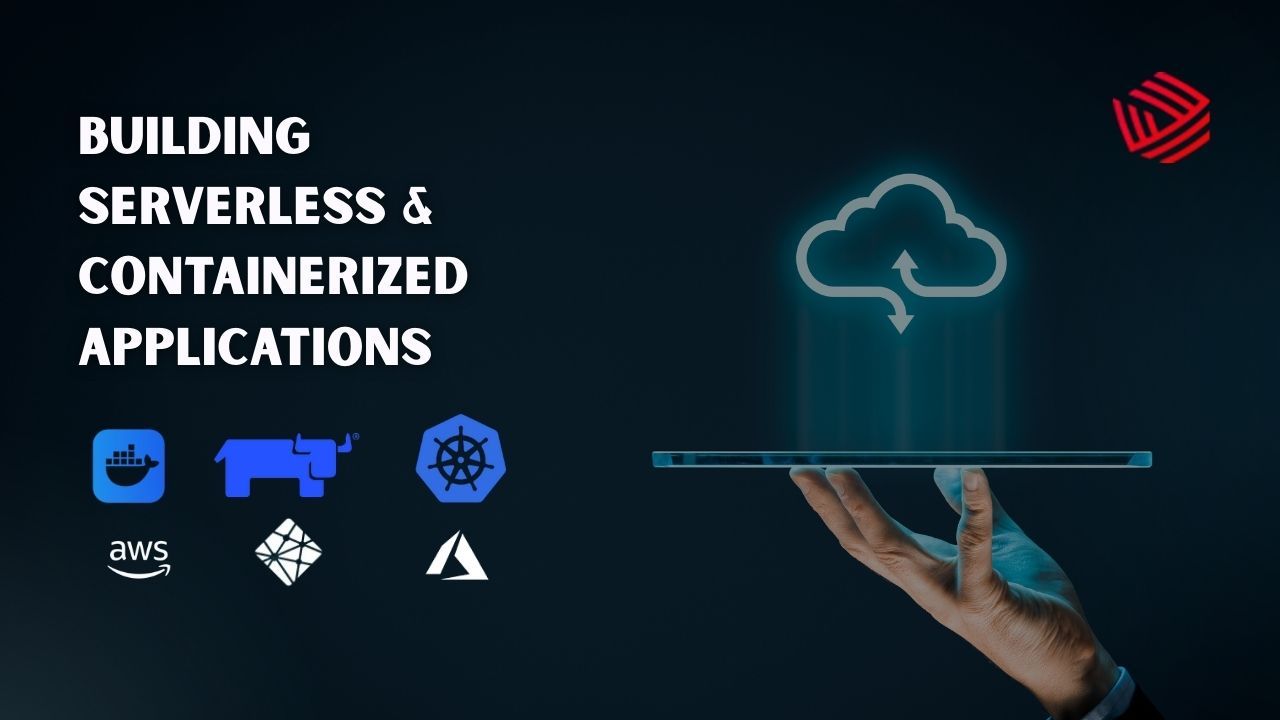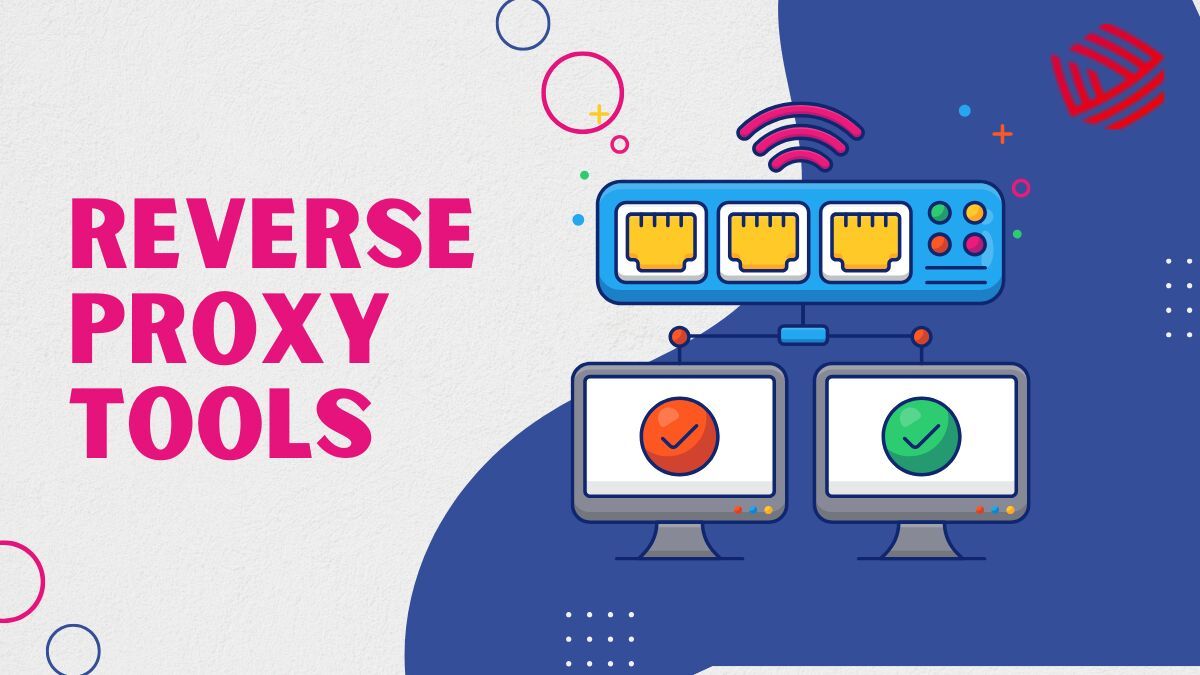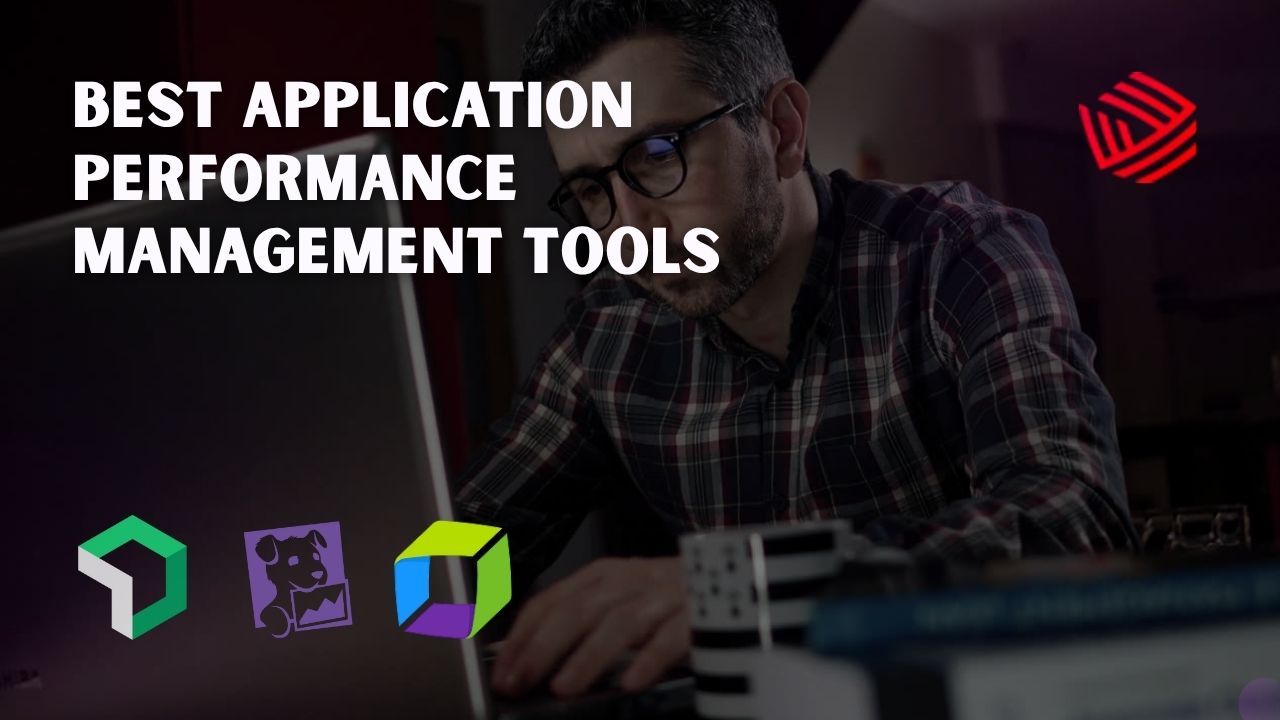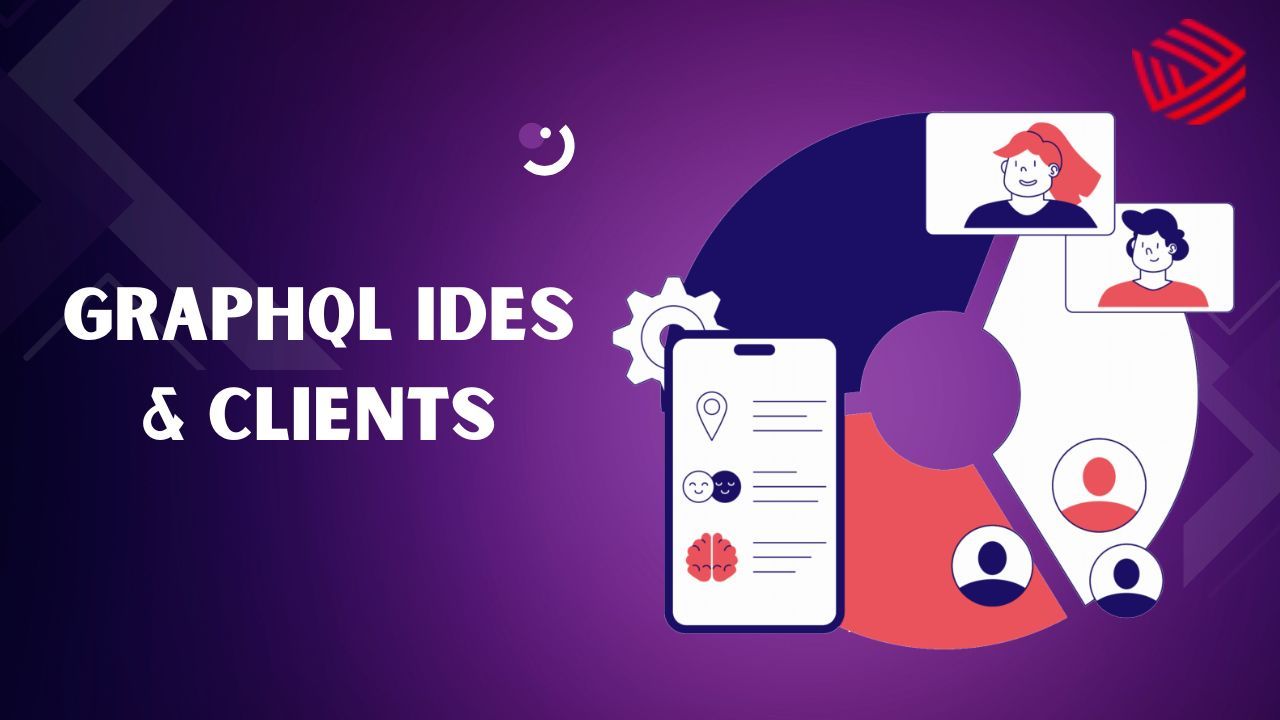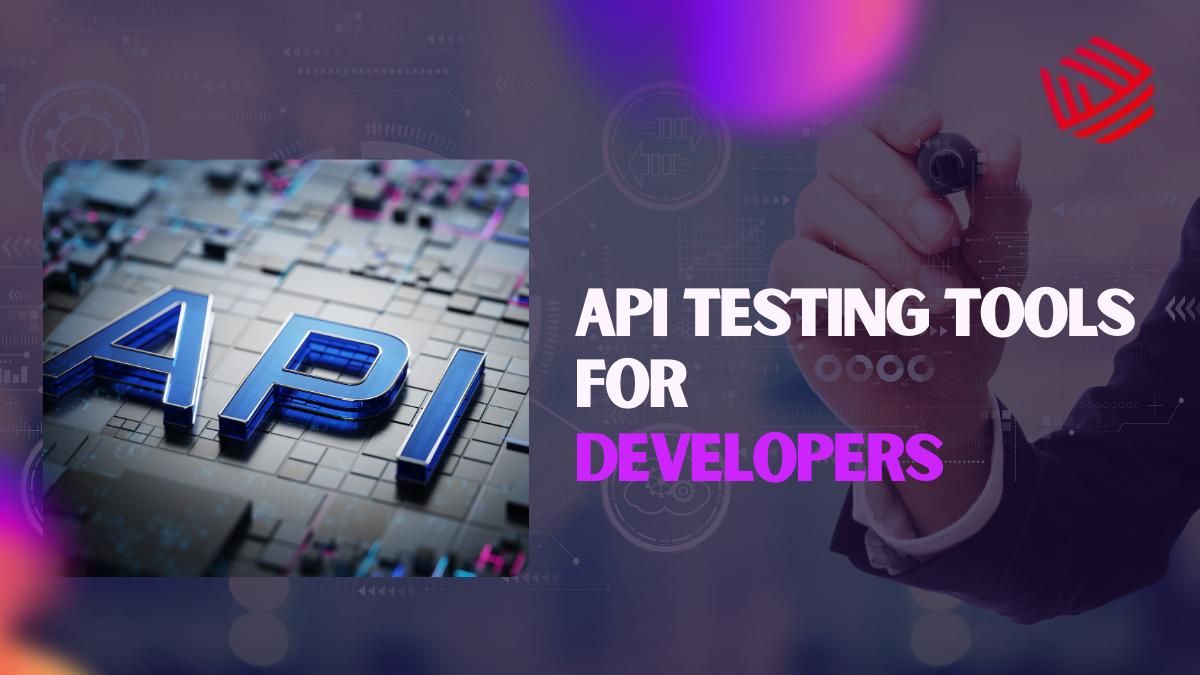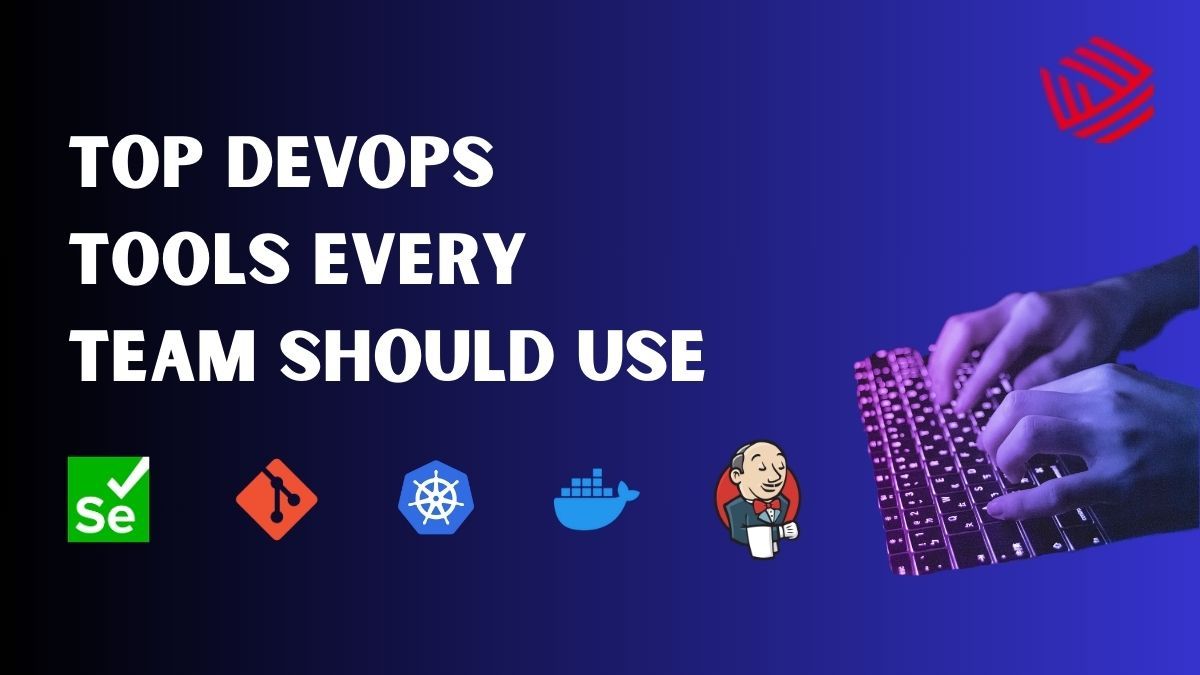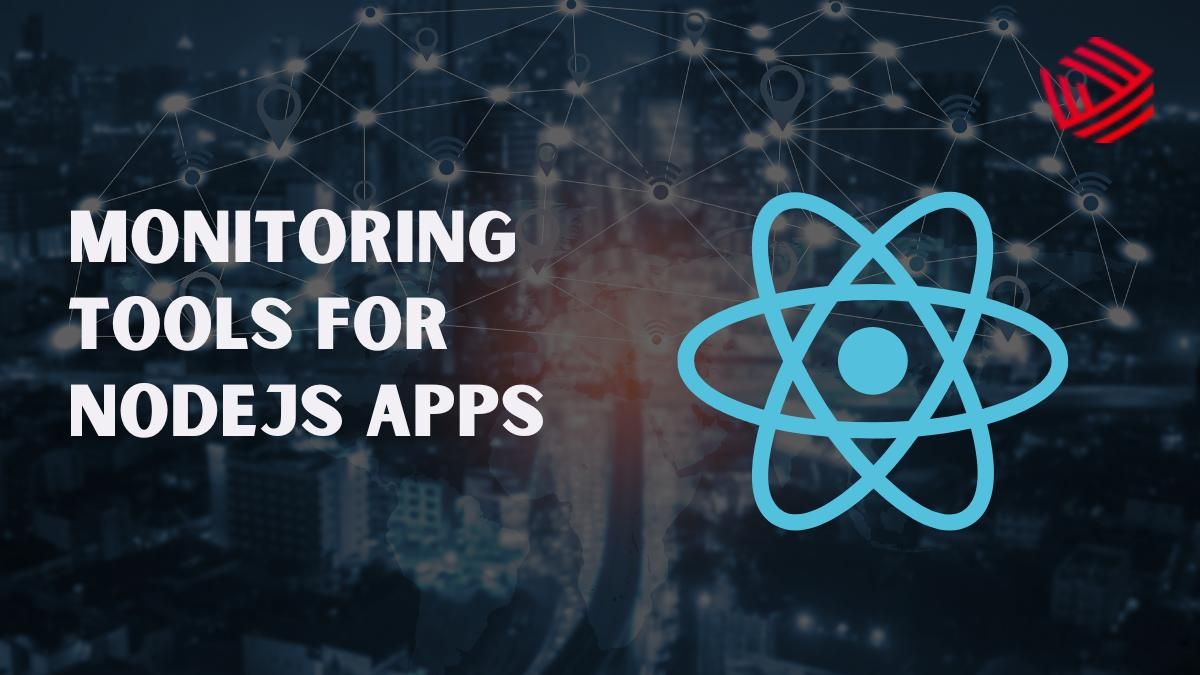APIs are the backbone of modern applications, powering communication between frontend clients, backend services, and third-party integrations. Among them, REST APIs remain the most widely adopted, while GraphQL has surged in popularity thanks to its flexibility and efficiency in handling complex queries. But as API ecosystems expand, ensuring reliability, scalability, and performance through testing has become more challenging.
This is where AI tools for API testing are reshaping the landscape. By automating repetitive tasks, predicting failures, and enhancing coverage, AI makes testing faster and smarter — just like using developer productivity tools like calculation tool to save time — helping developers debug REST and GraphQL APIs with confidence.
1. Understanding the API Landscape( REST vs. GraphQL )
Before diving into tools, it’s important to understand the unique challenges these API architectures present.
REST (Representational State Transfer) :
REST has been the de facto standard for over a decade. It relies on multiple endpoints to represent different resources. While simple and well-documented, REST APIs often suffer from endpoint sprawl and versioning issues.
GraphQL :
Introduced by Facebook, GraphQL offers a single endpoint where clients can request exactly the data they need. While powerful, its dynamic nature makes testing more complex — developers must validate schemas, nested queries, and resolver performance.
Why it matters for testing:
Both architectures face reliability and performance concerns. REST needs robust regression and load testing, while GraphQL requires intelligent schema validation and query analysis.
2. Why Traditional API Testing Falls Short
Manual and rule-based testing approaches often fail to keep up with the speed of modern software development.
Some common pain points include:
Time-Consuming Setup: Writing test scripts for every endpoint or schema is repetitive.
Limited Coverage: Human testers often miss edge cases.
Scalability Issues: Large REST ecosystems create bottlenecks, while GraphQL’s dynamic queries require flexible test strategies.
Reactive Debugging: Teams find bugs after they reach production.
Clearly, traditional methods don’t scale. This is why AI in software testing is becoming a game-changer.
3. The Role of AI in API Testing
AI-powered testing introduces automation, adaptability, and predictive insights that manual methods cannot achieve.
Key advantages of AI tools for API testing include:
Automated Test Generation: AI can read GraphQL schemas or REST OpenAPI specs and auto-generate test cases.
Predictive Debugging: Machine learning models analyze historical failures and proactively detect potential issues.
Smarter Monitoring: AI detects anomalies in response times, error patterns, and data mismatches.
Natural Language Testing: Developers can describe test cases in plain English, and AI converts them into executable tests.
Self-Healing Tests: When APIs change (new endpoints, schema updates), AI adapts tests automatically without breaking pipelines.
4. Top AI Tools for Testing GraphQL and REST APIs
Here’s a closer look at some of the most effective tools that bring AI into the testing workflow:
Postman + AI Assist
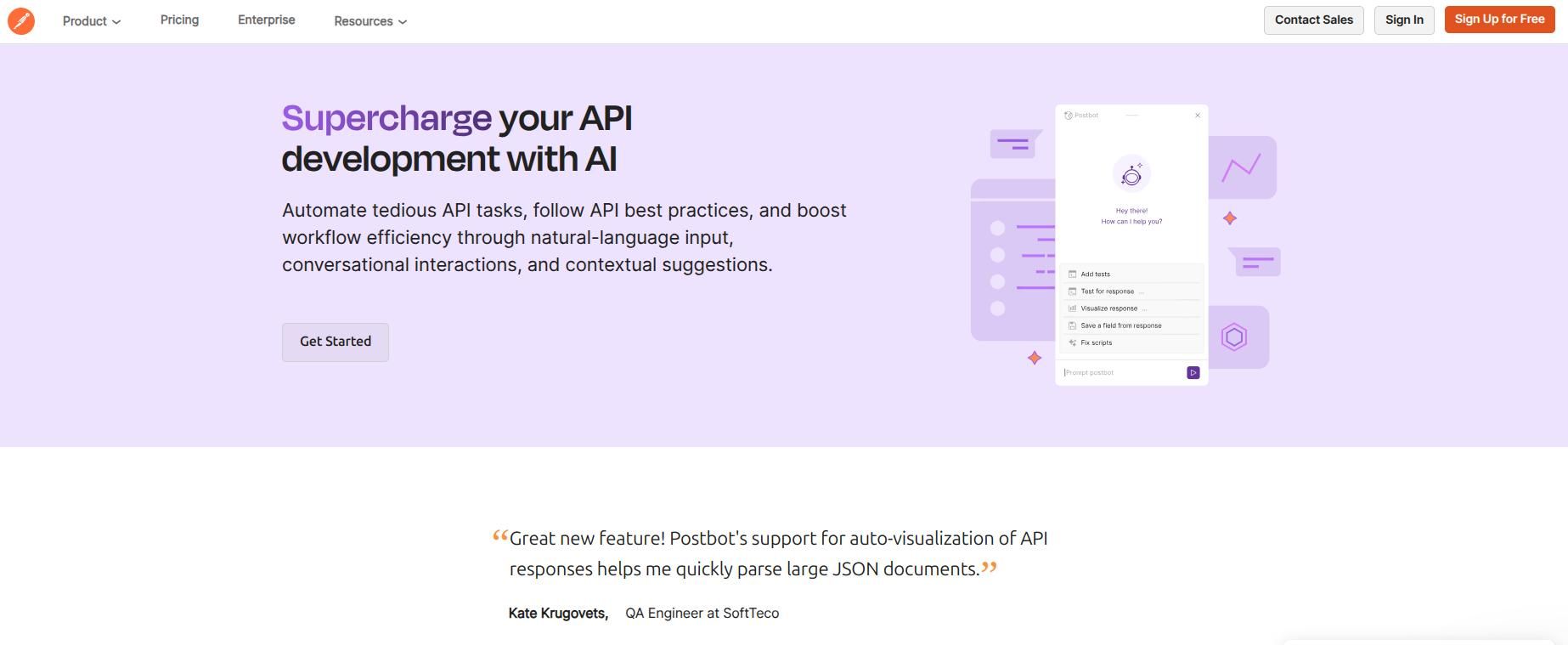
Postman is one of the most widely used API testing platforms, and its new AI-powered features make it even stronger. With AI Assist, teams can auto-generate assertions, identify missing edge cases, and detect anomalies across both REST and GraphQL APIs. It integrates seamlessly with existing Postman collections, reducing manual scripting effort. The tool also helps with monitoring, regression testing, and debugging by analyzing API response trends.
| Pros | Cons |
|---|---|
| Seamless integration with existing Postman collections | Some AI features still in beta stage |
| Auto-generates assertions and test cases | Requires paid tier for advanced AI tools |
| Great for both REST and GraphQL APIs | Can feel heavy for small projects |
| Strong community and ecosystem | Limited offline functionality |
| Simplifies regression and anomaly detection |
Insomnia (with AI plugins)
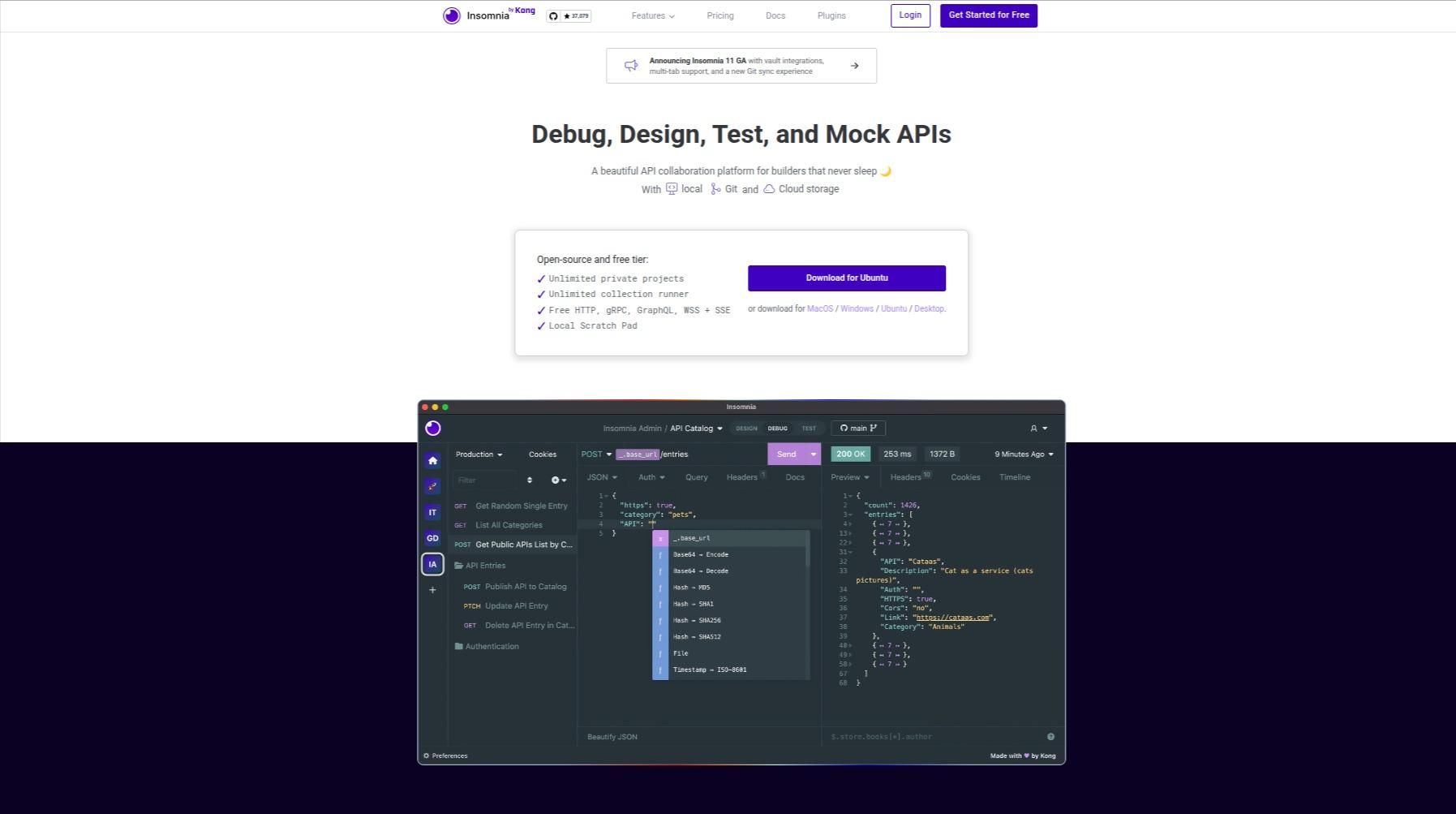
Insomnia is a lightweight and developer-friendly client, especially popular for testing GraphQL APIs. Its AI plugins extend core functionality by suggesting schema validations, highlighting coverage gaps, and automating test flows. Developers benefit from a streamlined interface, YAML/JSON support, and quick execution of nested GraphQL queries. The AI layer reduces human error, accelerates debugging, and ensures query performance stays consistent across environments.
| Pros | Cons |
|---|---|
| Lightweight and fast interface | Fewer built-in integrations than Postman |
| AI plugins suggest schema validations | Limited team collaboration features |
| Excellent for GraphQL query testing | No built-in monitoring dashboard |
| YAML/JSON and environment variable support | Some plugins require manual setup |
| Reduces manual debugging effort |
Firecamp
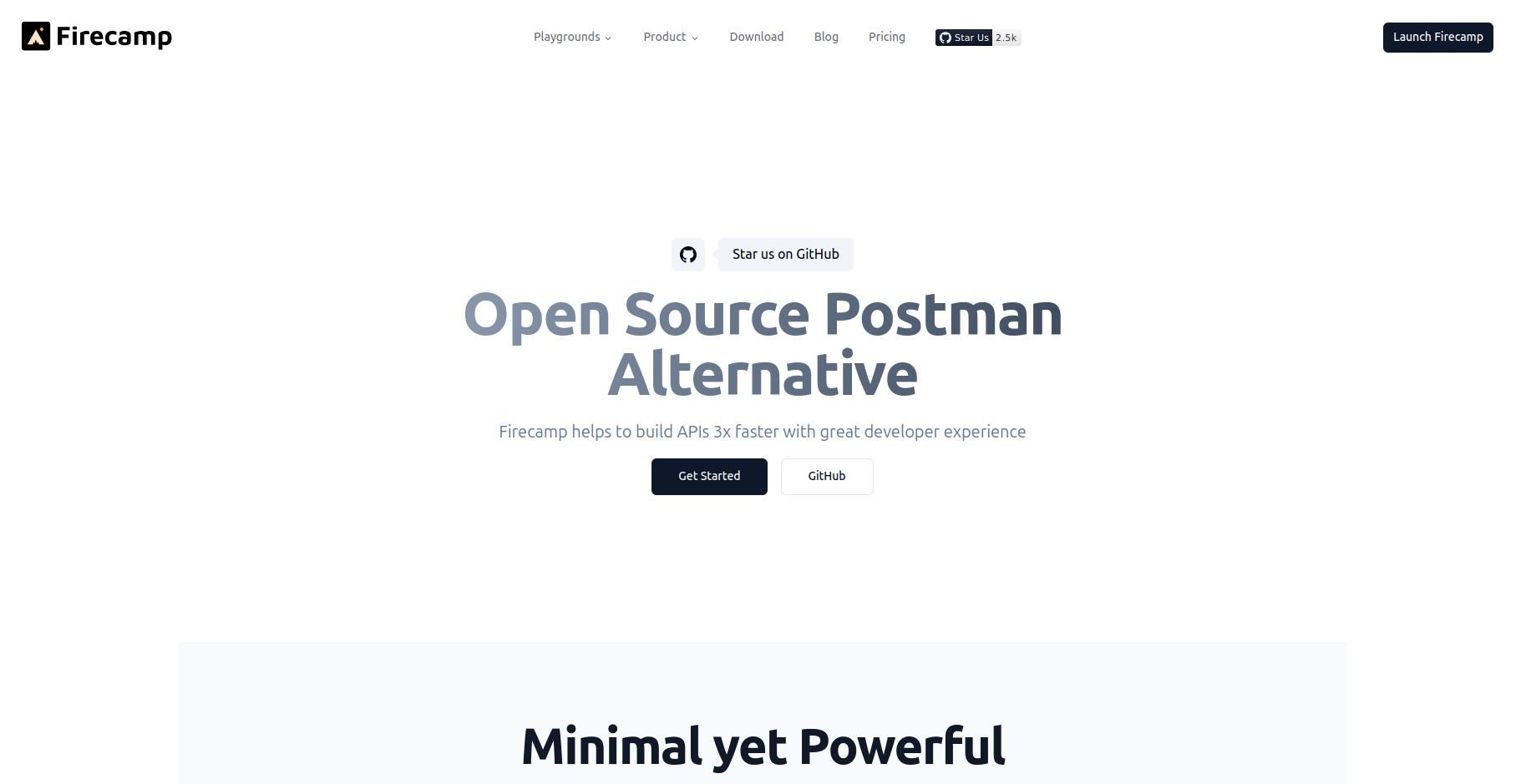
Firecamp is a unified API client that supports REST, GraphQL, and WebSockets, making it highly versatile for modern teams. Its AI add-ons automatically detect common issues like schema mismatches, broken endpoints, or inconsistent responses. Developers can create and share test suites quickly, while the platform recommends optimizations for better coverage. Firecamp also offers collaborative features, enabling teams to debug APIs together in real time.
| Pros | Cons |
|---|---|
| Supports REST, GraphQL, and WebSocket APIs | Smaller user base than Postman or Insomnia |
| Real-time collaboration and debugging | Occasional sync delays in shared workspaces |
| AI detects schema mismatches and response errors | Limited third-party integration options |
| Intuitive UI for multi-protocol workflows | Fewer automation options than Testim |
| Helps optimize coverage and test suite creation |
Testim (AI-Powered Automation)
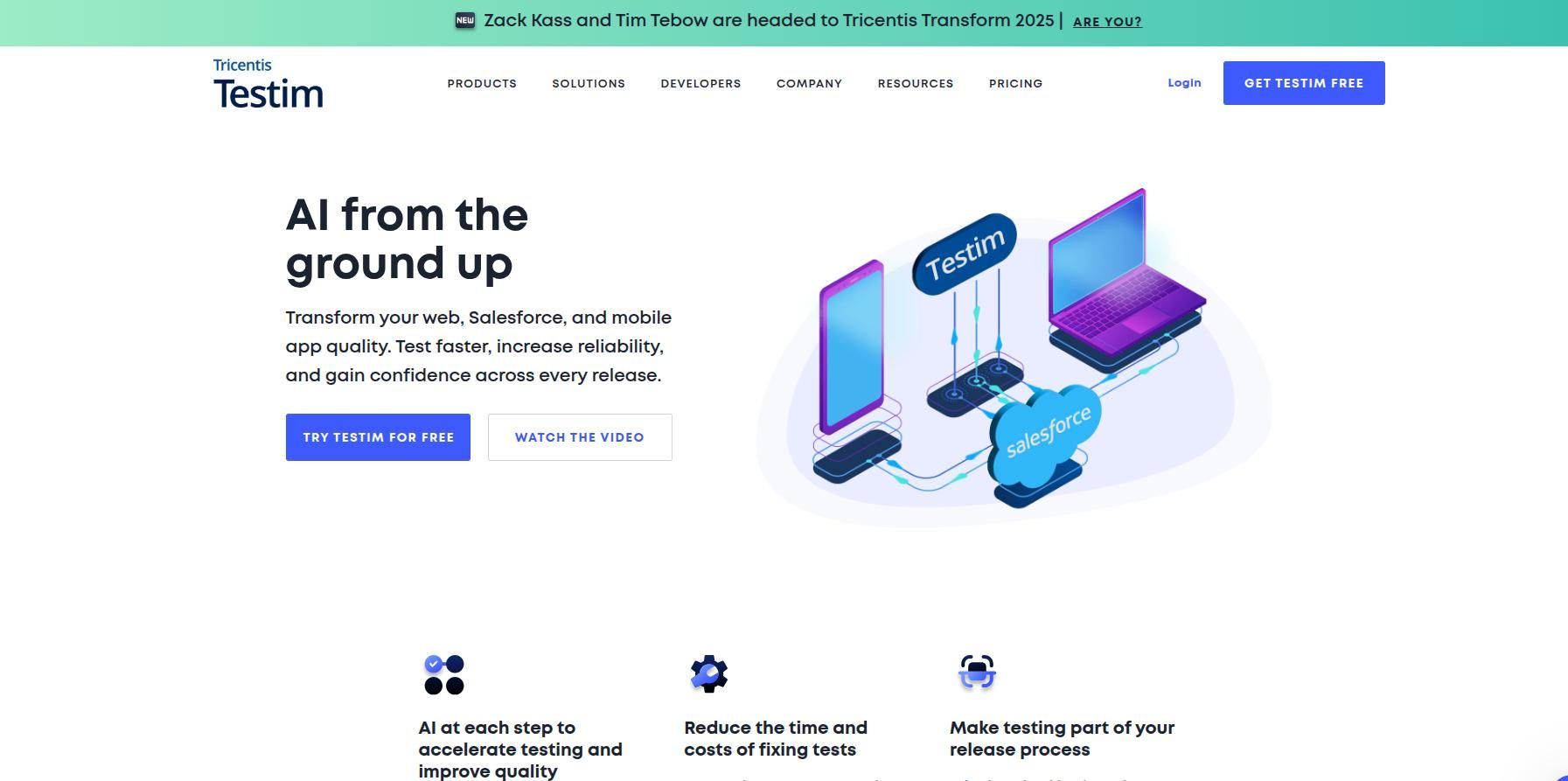
Testim goes beyond traditional API testing by applying machine learning to generate, adapt, and self-heal test cases. It integrates directly into CI/CD pipelines, ensuring every new build is automatically validated without manual intervention. Its scalability makes it ideal for enterprise environments handling large REST API ecosystems. Testim’s analytics provide insight into recurring issues, helping teams improve API reliability over time.
| Pros | Cons |
|---|---|
| Machine learning-based test creation and self-healing | Expensive for smaller or mid-size teams |
| Tight CI/CD pipeline integration | Steeper learning curve for new users |
| Scalable for enterprise REST API testing | Primarily designed for web UI testing |
| Strong analytics and insights for reliability | Needs stable environments for optimal accuracy |
| Minimal manual intervention after setup |
Applitools Ultrafast Test Cloud
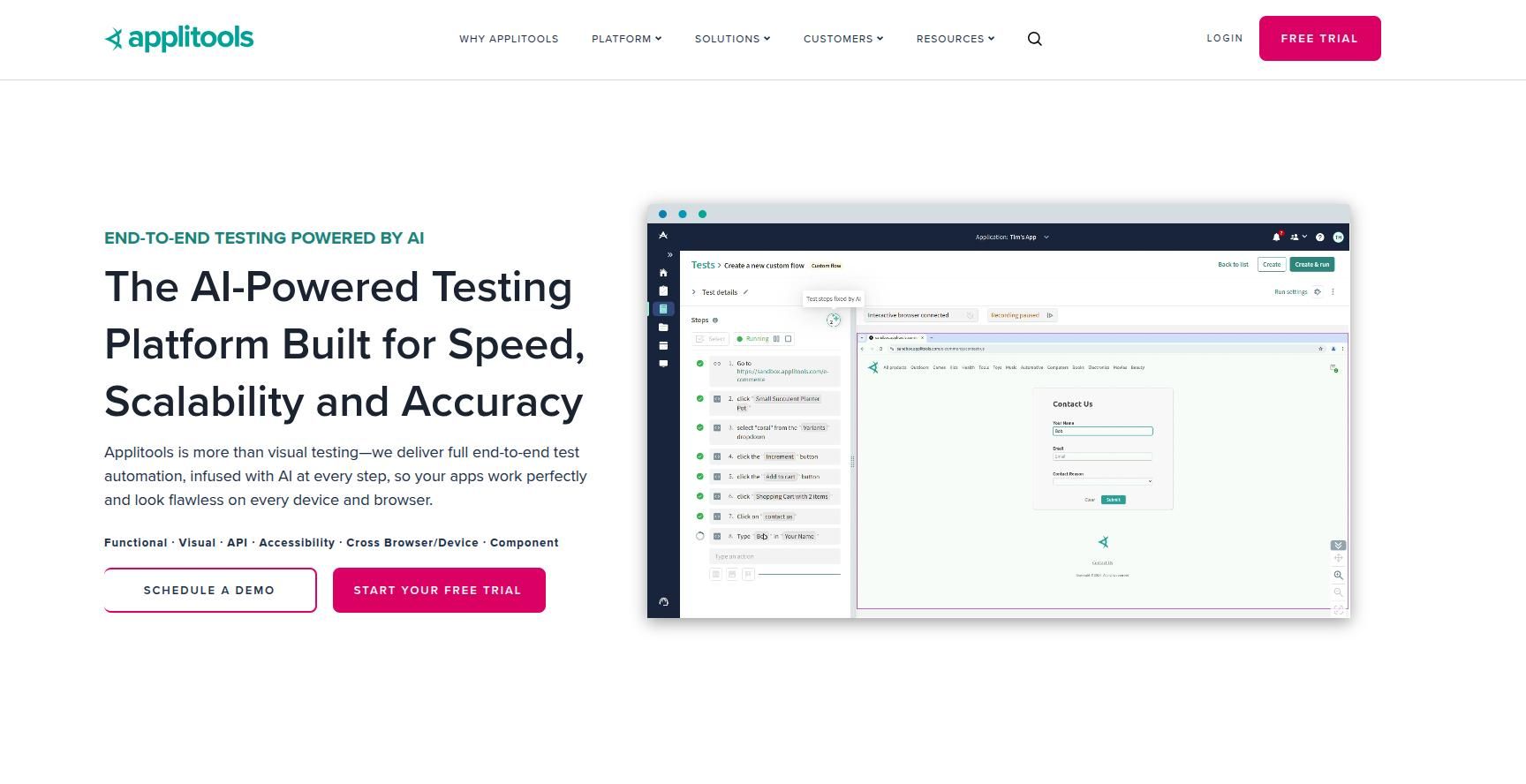
Applitools is best known for its visual testing capabilities, but it also applies AI to API validation. The platform ensures that API responses align with frontend UI expectations, bridging the gap between backend and frontend consistency. With Ultrafast Grid, tests can run across multiple environments simultaneously, providing quick feedback. Teams can leverage AI to spot subtle mismatches, anomalies, or performance regressions that would otherwise go unnoticed.
| Pros | Cons |
|---|---|
| AI ensures consistency between backend and UI responses | Not focused solely on API testing |
| Ultrafast Grid runs tests across multiple environments | Costly for small teams or startups |
| Excellent at visual and regression comparisons | Requires setup for API integration use cases |
| Quick feedback loop with cloud parallelization | Advanced features can be overkill for simple APIs |
| Detects subtle performance or data mismatches |
Custom GPT-Based Assistants
Some advanced teams are now building in-house GPT-powered assistants tailored to their specific API ecosystems. These assistants can auto-generate GraphQL queries or REST test scripts, validate schema changes, and flag unusual response patterns. They adapt to evolving systems by learning from historical bugs and failures, making them more accurate over time. Unlike off-the-shelf tools, they can be fine-tuned for security, compliance, and domain-specific rules.
Best For: Advanced teams seeking tailor-made AI API testing solutions.
5. Real-World Use Cases of AI in API Testing
AI isn’t just theory — it’s solving real developer challenges today:
SaaS Startup: Uses AI to validate GraphQL queries automatically during CI/CD, reducing release cycles by 40%.
FinTech Company: Implements AI anomaly detection for REST APIs handling payments, catching fraud attempts earlier.
E-Commerce Platform: Combines AI-driven monitoring with load testing, ensuring APIs handle seasonal traffic spikes.
These examples show how AI tools for API testing reduce downtime, improve reliability, and support SaaS business growth.
6. Best Practices for AI-Powered API Testing
AI tools are powerful, but success depends on proper implementation. Keep the following practices in mind:
Blend AI and Manual Testing: AI catches patterns, but human testers validate business logic.
Integrate with CI/CD: Run AI tests automatically with every code push for faster feedback.
Use AI for Monitoring: Let machine learning flag unusual API behavior in real-time.
Prioritize Security: Apply AI to identify vulnerabilities in GraphQL resolvers and REST endpoints.
Continuously Train Models: Feed AI with new API data so it learns and improves.
7. Future of API Testing with AI
Looking ahead, AI’s role in testing will expand dramatically:
Self-Healing Tests: AI will adapt test cases instantly when schemas or endpoints change.
Autonomous Debugging: AI will not just detect bugs but recommend fixes.
Real-Time Observability: Continuous monitoring with AI-powered alerts for REST and GraphQL.
Deeper Dev Tool Integration: AI features baked into API platforms like Postman, Insomnia, and GraphQL IDEs.
As APIs grow more complex, the demand for intelligent test automation for GraphQL and REST will only increase.
Conclusion
REST and GraphQL are essential to modern applications, but their complexity makes testing critical. Traditional methods can’t keep pace with rapid development cycles, which is why AI tools for API testing are transforming how developers work. From REST API testing automation with tools like Testim to GraphQL API testing with AI using Insomnia, developers now have smarter options for debugging, monitoring, and securing APIs. The future points toward self-healing, autonomous, and predictive testing — giving developers confidence in building resilient, scalable applications.

